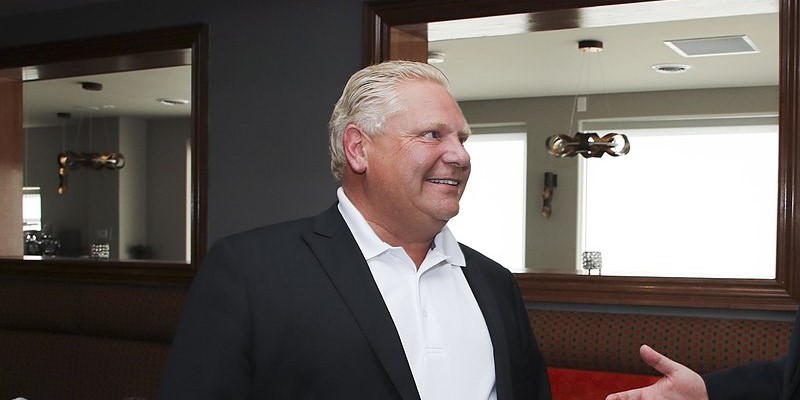Ford government must get serious about reducing government debt

Throughout the 2010s, then-premier Kathleen Wynne’s government repeatedly said the goal was to return the province’s fiscal position back to where it was before the 2008/09 recession.
Specifically, that meant a balanced budget and a debt-to-GDP (a measure of the size of a debt burden relative to the economy) of 26 per cent. At the time these promises were made, that ratio stood at approximately 40 per cent.
In its 2017 budget, the Wynne government provided a timeline and targets for achieving this goal. At the time, my colleagues and I were concerned that the plan lacked detail on how these targets would be achieved. Indeed, we published a study about the timeline called “Wishful Thinking,” since the government’s plan amounted to little more than simply announcing the targets without a strategy to hit them.
We proved to be correct; the Wynne government’s timeline and the targets themselves were scrapped within two years, and the debt-to-GDP ratio stayed right where it was, hovering around 40 per cent.
It’s too bad the Wynne government gave up so quickly, as the target it set was good and reasonable even if the timeline was somewhat too long. The target was good because when the next recession hits, if Ontario’s debt burden is still well-above where it was in 2008, the province’s debt burden will likely rise into uncharted waters, with potentially severe negative consequences for future generations.
For these reasons, the Ford government should adopt a similar goal of returning to pre-recession debt levels, along with something that the Wynne government never did—provide a realistic plan to achieve that goal.
Unfortunately, that’s not what the Ford government has done. Instead, in its last fiscal update, the Ford government set the goal of maintaining the province’s debt-to-GDP burden below the level it inherited through 2022/23.
This is a singularly unambitious target for a government elected to clean up Ontario’s fiscal mess. This target means that if, in 2022/23, the government’s debt burden remains within spitting distance of its very highest level since the recession, the Ford government can claim victory.
Of course, the Wynne government’s approach—setting a reasonable economically-sound fiscal target, then developing no real plan to meet it—was not an example of stellar fiscal management. But the Ford government’s complete lack of ambition in this crucial policy area is just as worrying.
As long as Ontario’s debt burden remains elevated above pre-2008 levels, we remain more vulnerable to the next fiscal shock than we were back then. As such, the province risks seeing its debt burden rise further still, to heretofore unseen levels, if and when the next recession hits.
The Wynne government doesn’t deserve much credit for its non-plan fiscal plan. But if the Ford government is serious about fixing Ontario’s finances, it should re-embrace the Wynne-era goal of returning to pre-recession debt levels but, unlike that government, take the crucial next step of presenting a practical plan to achieve it.

